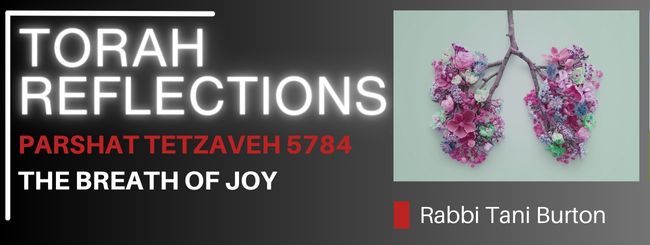Torah Reflections: Conversations on the Weekly Parshah
בס”ד
Integrating Torah into one’s life through reflection and conversation can be an incredibly fun and engaging experience. It’s a journey of discovery, where ancient wisdom and timeless teachings come to life in our daily experiences. Through reflection, we have the opportunity to dive deep into the rich tapestry of Torah, extracting profound insights and lessons that resonate with our modern lives. The joy lies in the ‘aha’ moments, those instances when a Torah verse or story suddenly connects with our personal challenges, aspirations, and values. And when we engage in conversations about Torah with others, it becomes an interactive exploration, where diverse perspectives and interpretations enhance our understanding. These dialogues often spark excitement and intellectual curiosity, making the learning process both enjoyable and fulfilling. Torah becomes a vibrant and dynamic part of our lives, offering not just guidance but also a source of endless fascination, connection, and growth.
NOTE: Don’t feel obligated to go through every source or answer all the questions—unless you want to. Even one source, or one question will give you plenty of material for discussion and meditation. Enjoy this!
Some thoughts from the parsha
And Aaron shall burn thereon incense of sweet spices; every morning, when he prepares the lamps, he shall burn it. (Exodus 30:7)
This passage discusses the practice of burning incense, specifically the ketoret, a sacred offering with a unique aroma, in the Tabernacle and then in the Temple. There is a spiritual significance to the olfactory sense. We see that the nose is closely tied to spiritual capacities, as seen in the connection between the Hebrew words neshama (“soul”) and neshima (“breath”), ruach (“spirit”) and reiach (“aroma”). The Gemara suggests that the messiah’s abilities will include a heightened spiritual sense of “smelling and judging.” The incense-offering, the ketoret, was a daily offering consisting of eleven spices. The Torah guards the spice recipe, prohibiting reformulation for purposes other than Temple usage (Exodus 30:37-8).
Midrash Tanchuma sheds light on the uniqueness of the incense-offering, stating that it is the most beloved sacrificial offering to G-d. Surprisingly, the incense-offering is not meant for atonement but is simply an expression of joy (Tanchuma, Tetzaveh 15:1). On a mystical level, the eleven components of the spice mixture correspond to aspects of the upper worlds that were affected during Creation, contributing to spiritual forces hindering our perception of G-dliness (Otzrot Chaim, Perek 8).
The Sefer HaChinuch (Mitzvah 103) explains that the purpose of the incense is to magnify the glory of the Beit HaMikdash, making its awe evident to everyone. It is only possible to magnify something in the hearts and innermost thoughts of people with items they perceive as having grandeur and are a source of delight and joy. The element of joy cannot be missing from something we want people to get excited about. We learn from the ketoret a broader message of the importance of infusing joy into various aspects of our spiritual life.
Questions for personal reflection and discussion:
- Have you ever reflected on the connection between breath and spirituality, especially considering the calm state’s potential influence on spiritual experiences? How do you think this connection relates to the burning of incense, like the ketoret in Exodus 30:7?
- In understanding the purpose of the incense to bring joy to the world, can you think of rituals or practices in your life that serve a similar purpose of spreading joy?
- Reflecting on the concept that the incense is an expression of joy, how does this influence your thoughts on offering gratitude and spiritual connection in your own life?
- Consider the mystical interpretation of the spice mixture and its connection to rectifying fallen aspects. How might contributing to the world’s joy impact your personal growth or spiritual development?
- How can the message of infusing joy into various aspects of life, as highlighted in the Sefer HaChinuch, be applied to your own relationships, work, or endeavors for personal and collective fulfillment?
Shabbat Shalom!
By Rabbi Tani Burton
© Copyright, all rights reserved. If you enjoyed this article, we encourage you to distribute it further.
Our blogs may contain text/quotes/references/links that include copyright material of Mechon-Mamre.org, Aish.com, Sefaria.org, Chabad.org, and/or AskNoah.org, which we use in accordance with their policies.
